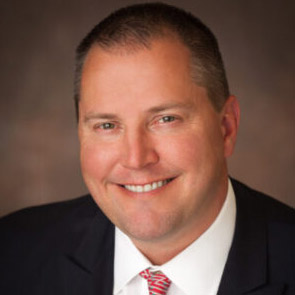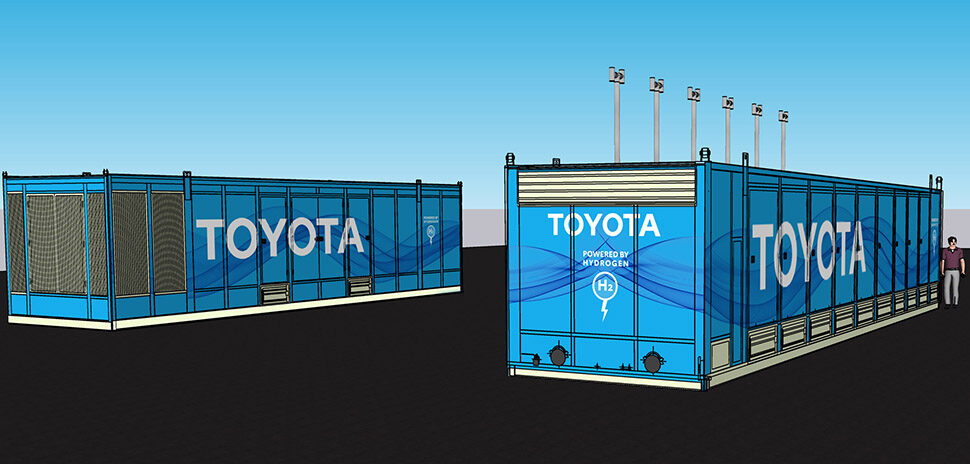U.S. Energy Development Corp., an Arlington-based exploration and production company, has acquired a 25% working interest in the Mascot Project, a stacked pay asset in core Midland Basin for $225 million cash and other considerations, the company announced.
U.S. Energy said it anticipates full development of the project to comprise another $130 million in capital expenditures over the next two years, bringing the total transaction value to more than $300 million.

Jordan Jayson
“Midland Petro D.C. Partners have spent five years assembling a world-class project in Midland County, and we are excited to have the opportunity to be a part of it,” U.S. Energy CEO Jordan Jayson said in a statement. “Our investment in the Mascot Project deepens our ties in the Permian Basin and highlights our continued strategy to acquire high-quality assets with proven operators in the basin.”
Majority owner has strong track record
Located in Midland County, the Mascot Project includes multiple producing properties, associated midstream assets, and upwards of 50 undeveloped locations expected to produce roughly 6,500 BOE per day during 2023.
The Mascot Project is majority-owned by Midland Petro D.C. Partners LLC, a David H. Arrington-owned business, and operated by an affiliate of MPDC, Permian Deep Rock Oil Co.
“Mr. Arrington has decades of experience operating quality projects in the basin, and we are pleased to partner with him in bringing this asset to full development,” Jayson said.
Including the Mascot Project, U.S. Energy said it has overseen the investment of $575 million over the past 24 months, focusing primarily on near-term drilling opportunities and actively producing assets.
Building a bigger footprint in the Permian Basin
In late 2022, U.S. Energy announced a planned allocation of up to two-thirds of its operating budget for projects in the Permian Basin over the next two to three years, totaling $200-$300 million annually.
The company said this deal will build upon its sizable footprint in the basin, expanding upon recent investments of over $400 million during the past 12 months. The firm said it anticipates operating a one- to two-rig program in the basin during the second half of 2023 and carrying this program into 2024.
In an article on World Oil earlier this month, Jayson wrote, “the impressive hydrocarbon output is the primary reason that U.S. Energy Development Corp places a substantial amount of our investment, manpower, resources, and assets in the Permian region.”
Advanced technology for growth and efficiency
According to Jayson, in order to ensure continued production and growth in West Texas, many operators and drillers are using innovative technological strategies to tap into the remaining potential of the Permian region. Some of the advanced technologies being employed have the potential to improve operational efficiency and safety while also helping to maintain high levels of output, he said in World Oil.
“A few examples of state-of-the-art technology have entered the region and could keep output levels on the higher end of forecasted predictions,” wrote Jayson, who was a finalist in the D CEO Dallas Innovates 2022 Innovation Awards.
The advancements have promise for improving operational efficiencies and safety, according to the CEO.
There’s also growing interest in the value of mining the vast amounts of data generated by drilling and production operations in the region. “Many Permian operators are expanding their technological capabilities through the use of artificial intelligence and leveraging it for automation purposes,” Jayson wrote. “There’s also predictive analytics that can detect, and correct, routine equipment failures and even bitcoin mining, which can be conducted by using the energy generated by gas, which would otherwise be flared.”
Strategic growth ahead
By 2025, the company said it anticipates directing the investment of an additional $400-$600 million in the Permian, Powder River, Midland, and Haynesville Basins.
U.S. Energy, founded in 1980, said it will pursue strategic growth through partnerships with both operated and non-operated drilling projects across these basins.
![]()
Get on the list.
Dallas Innovates, every day.
Sign up to keep your eye on what’s new and next in Dallas-Fort Worth, every day.


































































